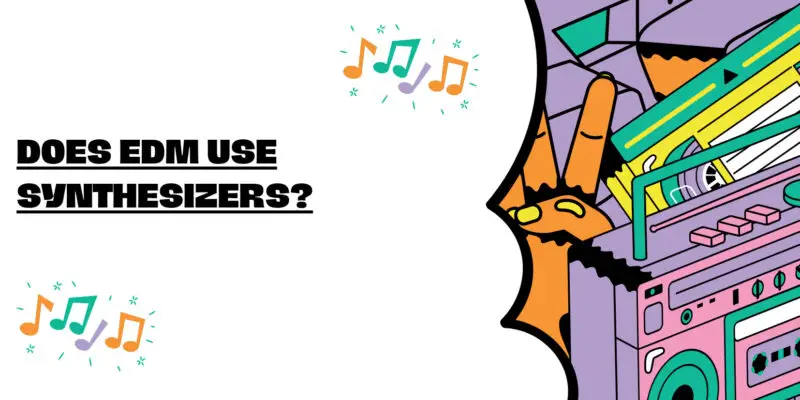Electronic Dance Music (EDM) is a genre renowned for its infectious beats, pulsating rhythms, and electrifying energy. At the core of this musical revolution lies a powerful and iconic tool: the synthesizer. In this article, we will explore the integral role of synthesizers in EDM, how they have shaped the genre, and why they continue to be essential for EDM producers and DJs.
1. The Birth of Electronic Dance Music
EDM, as we know it today, was forged in the crucible of electronic sound experimentation. Emerging from the underground music scene in the 1980s, electronic music pioneers like Kraftwerk, Giorgio Moroder, and Juan Atkins used synthesizers to craft innovative and futuristic sounds that would later become hallmarks of the genre. The synthesizer’s ability to generate otherworldly tones and pulsating rhythms perfectly complemented the genre’s desire to push musical boundaries.
2. Synthesizers as Beat Architects
At the heart of EDM’s infectious beats are synthesizers, particularly drum machines. Instruments like the Roland TR-808 and TR-909 revolutionized the production of electronic rhythms. These drum machines allowed producers to craft unique and iconic drum patterns, characterized by deep bass kicks, snappy snares, and crisp hi-hats. The rhythmic precision offered by synthesizers became a driving force behind the genre’s danceable grooves.
3. Sonic Palette and Sound Design
Synthesizers provide EDM producers with an expansive sonic palette, allowing them to create a wide range of sounds, from lush pads and soaring leads to gritty basslines and evolving textures. The versatility of synthesizers enables producers to experiment with sound design, pushing the boundaries of timbre and creating signature sounds that define their style.
4. Real-Time Performance and Live Shows
EDM artists often incorporate synthesizers into their live performances. These instruments allow for real-time manipulation of sound parameters, enabling artists to improvise, remix tracks on the fly, and create dynamic sonic landscapes during their shows. Synthesizers are also used for triggering samples, loops, and effects, enhancing the live EDM experience.
5. Genre Diversity within EDM
EDM is a diverse genre with subgenres like house, techno, trance, dubstep, drum and bass, and more. Synthesizers play a significant role in each subgenre, shaping their distinct sonic characteristics. For example:
- Trance relies on synthesizers to create euphoric and melodic leads that drive the genre’s uplifting energy.
- Dubstep producers use synthesizers to craft intense bass wobbles and aggressive growls that define the genre’s heavy and gritty sound.
- House music often features rhythmic and funky synthesizer stabs that keep the dancefloor moving.
- Techno utilizes synthesizers to create hypnotic and repetitive patterns that drive the genre’s relentless beats.
6. The Evolution of Synthesis in EDM
As technology advances, so too does the role of synthesizers in EDM. Modern synthesizers and software instruments offer an unprecedented level of control and sonic exploration, enabling producers to push the boundaries of creativity even further. With the rise of digital audio workstations (DAWs), synthesizers have become integral to the production process, allowing for seamless integration of synthesized sounds into EDM tracks.
Conclusion: The Synthesizer’s Enduring Legacy in EDM
The synthesizer is the lifeblood of EDM, infusing the genre with its distinct sonic character, rhythmic precision, and boundless creative potential. From iconic drum machines to evolving soundscapes, synthesizers continue to drive the evolution of electronic dance music, ensuring that EDM remains at the forefront of the global music scene. As technology continues to advance, the future of synthesizers in EDM promises even more innovation, pushing the boundaries of what is musically possible in this dynamic and electrifying genre.


